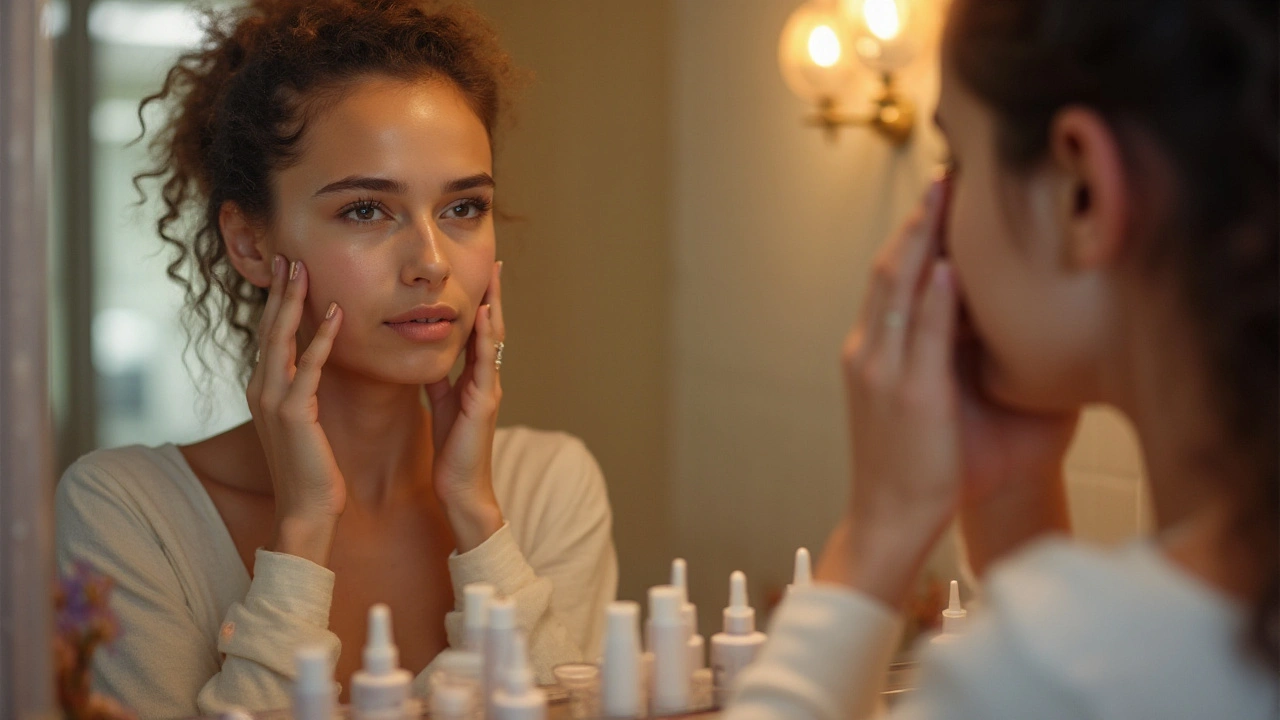Acne Treatment Options You Can Try Today
Got a breakout that won’t quit? You’re not alone. Acne pops up for many reasons, but the good news is there are plenty of ways to calm it down. Below you’ll find the most common over‑the‑counter picks, prescription routes, and some natural tricks that actually work.
Top Over‑the‑Counter Choices
Benzoyl peroxide is probably the first name you’ve seen on a spot‑treatment tube. It kills acne‑causing bacteria and dries out excess oil. Start with a 2.5% gel to avoid too much irritation, then move up if needed.
Salicylic acid is another staple. It’s a beta‑hydroxy acid that unclogs pores by dissolving dead skin cells. Look for cleansers or leave‑on pads with 0.5–2% concentration and use them once or twice daily.
If you like a lighter feel, try a topical retinoid like adapalene (the 0.1% gel sold without prescription). It speeds up cell turnover, which helps prevent new pimples from forming. Apply it at night on clean skin and follow with a gentle moisturizer to keep dryness in check.
Prescription & Natural Alternatives
When OTC stuff isn’t enough, a doctor can prescribe stronger retinoids (tretinoin or tazarotene) or oral antibiotics such as doxycycline. These cut down bacteria and inflammation fast, but they need monitoring for side effects.
Hormonal acne often responds to birth control pills or spironolactone, especially in adult women. Both lower the androgen levels that trigger excess oil production. Talk to a dermatologist about whether this fits your health profile.
For those who prefer plant‑based routes, tea tree oil is a solid option. A few drops diluted with carrier oil applied to a clean spot can reduce redness and kill germs without harsh chemicals. Zinc supplements (30–45 mg daily) also help some people keep breakouts at bay.
Don’t forget lifestyle basics: wash your face twice a day with a mild cleanser, change pillowcases weekly, and avoid squeezing pimples. A diet rich in whole foods and low in sugary drinks can improve skin tone for many folks.
Remember, acne isn’t one‑size‑fits‑all. You might need to mix an OTC gel with a prescription cream or add a natural remedy to see results. Track what you use, how long it takes to work, and any irritation—this info helps your dermatologist fine‑tune the plan.
Bottom line? Start simple, be patient (most treatments need 4–6 weeks), and don’t hesitate to ask a professional for guidance if things stall. With the right combo, clearer skin is totally within reach.
This article explores six effective alternatives to Isofair for treating acne. From Retinoids and Benzoyl Peroxide to natural solutions like Tea Tree Oil, we break down the pros and cons of each. Learn about skincare kits like Paula's Choice and Murad Acne Control and find the best fit for your needs. Consider factors such as skin type, potential irritation, and product formulation in making an informed choice.
Jan, 6 2025

